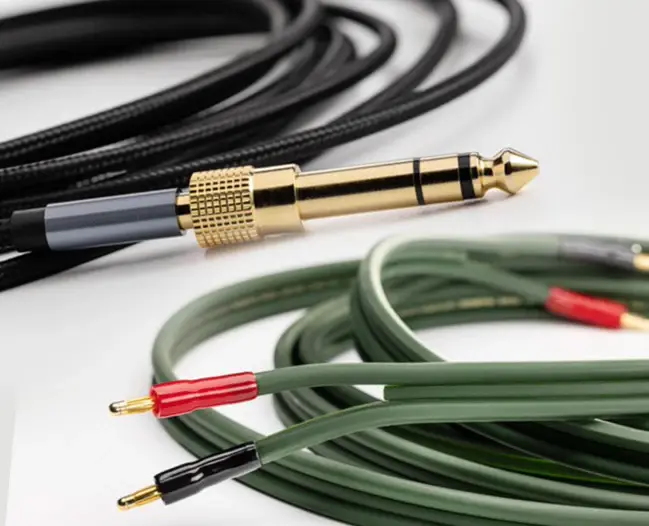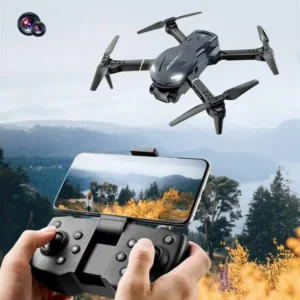What Is the Best Gauge for Speaker Wire Studio Model? When setting up a professional studio, every detail matters, and one often overlooked element is speaker wire. The gauge, or thickness, of speaker wire can make a big difference in sound quality, especially in studio environments where precision is key. This article will explore the best gauge for speaker wire in studio settings, how it affects sound, and tips for choosing the right wire for your setup.
What Is the Best Gauge for Speaker Wire Studio Model?
Speaker wire gauge refers to the thickness of the wire, measured by the American Wire Gauge (AWG) system. A lower AWG number means a thicker wire, while a higher number indicates a thinner wire. For example, 12-gauge wire is thicker than 16-gauge wire. The thickness of the wire affects how efficiently it carries electrical signals, which is crucial for delivering high-quality sound.
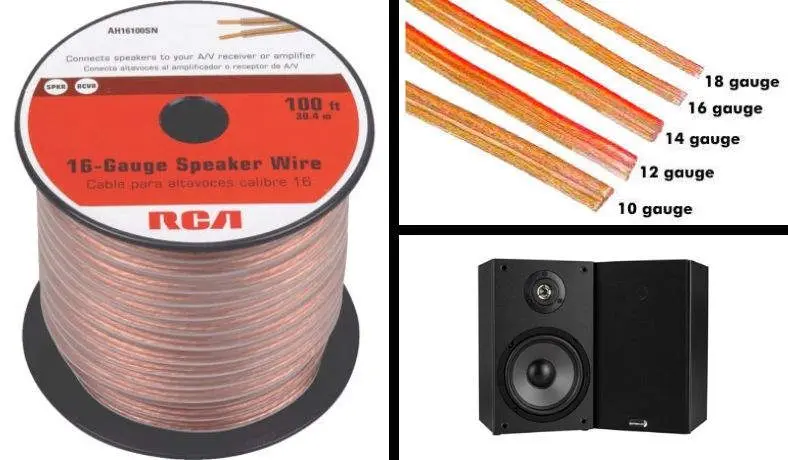
Why Does Gauge Matter in a Studio?
In a studio, you want to capture and reproduce the best possible sound, and the quality of your speaker wires plays an important role. Using the right gauge ensures that the audio signal is transmitted accurately and with minimal loss. Too thin a wire can cause resistance, which leads to signal degradation, affecting the overall sound quality. In contrast, too thick a wire may be unnecessary for shorter runs and can be more expensive and difficult to work with.
Best Speaker Wire Gauge for a Studio
The best speaker wire gauge for your studio depends on several factors, such as the distance between your amplifier and speakers, the power of your system, and the overall setup. Let’s break these down:
1. Distance Between Amplifier and Speakers
The distance between your amplifier and your speakers is one of the most critical factors in choosing the right gauge. The further the distance, the thicker the wire should be to prevent signal loss.
- Short distances (under 25 feet): For short runs in a studio, 16-gauge wire is often sufficient. It can handle most studio setups without causing noticeable signal loss.
- Medium distances (25 to 50 feet): If your speakers are placed 25 to 50 feet away from the amplifier, you should consider 14-gauge wire. This offers a good balance between thickness and flexibility, ensuring the signal remains strong.
- Long distances (over 50 feet): For longer runs, especially if you have a larger studio, 12-gauge wire is ideal. It minimizes resistance and ensures high-quality sound transmission over long distances.
2. Power of Your Sound System
The power of your amplifier and speakers also determines the appropriate wire gauge. Higher-powered systems require thicker wires to handle the increased current without overheating or losing sound quality.
- Low to moderate power systems: If you have a smaller, less powerful studio setup, such as nearfield monitors with an amplifier under 100 watts per channel, 16-gauge wire should be sufficient.
- High power systems: For more powerful setups, especially if you’re driving large studio monitors or running high-wattage amplifiers, 12-gauge or even 10-gauge wire might be necessary to handle the current load and ensure optimal performance.
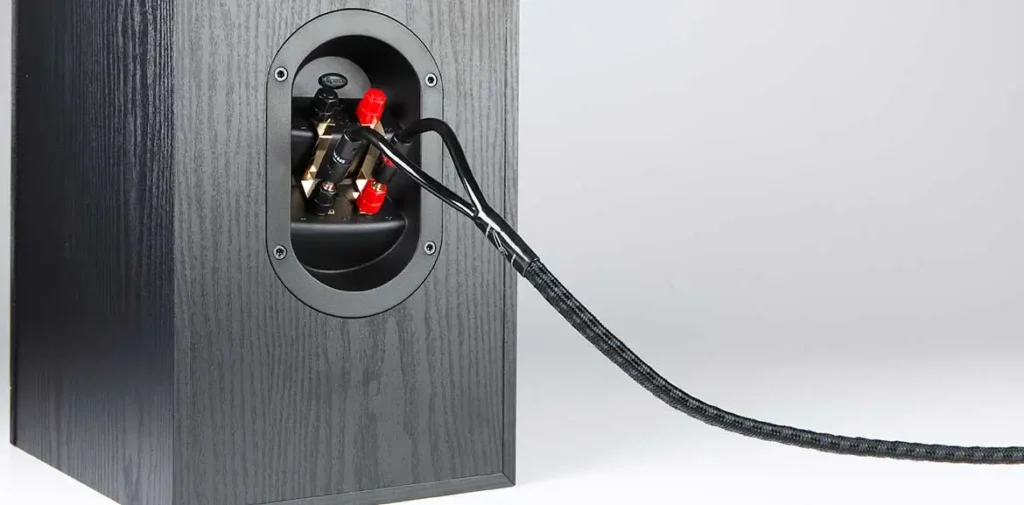
Speaker Wire Materials: Does It Matter?
Most speaker wires are made from copper or copper-clad aluminum (CCA), and while both work, pure copper is the better choice for studio setups. Copper has lower resistance compared to CCA, meaning it can carry signals more efficiently and with less loss. In a professional studio, where sound quality is paramount, it’s worth investing in pure copper wire.
Shielding and Insulation
While the gauge of the wire is crucial, the insulation and shielding around the wire also matter. In a studio, you want to minimize interference from other electronic equipment. High-quality insulation protects the signal from external noise, while shielding can prevent electromagnetic interference (EMI) and radio frequency interference (RFI), both of which can affect audio quality.
Look for speaker wires that offer good shielding if you have many electronics in your studio, or if the wires will run alongside power cables. This will ensure that your audio signal remains clean and interference-free.
Solid vs. Stranded Wire
Speaker wire comes in two types: solid and stranded. Solid wire consists of a single thick conductor, while stranded wire is made up of multiple thin strands twisted together. For studio use, stranded wire is typically preferred due to its flexibility. Studios often require frequent adjustments to equipment placement, and stranded wire is easier to move and bend without breaking compared to solid wire.
Oxygen-Free Copper (OFC) vs. Regular Copper
You may come across speaker wires labeled as “oxygen-free copper” (OFC). This type of copper is manufactured with fewer impurities, which some claim leads to better conductivity and longer-lasting wires. While the difference in sound quality is minimal for most applications, OFC wires are more resistant to corrosion and may last longer in humid environments. If you’re setting up a long-term studio, it could be worth the investment.
Also read What Lot Is the Best Lot for Motorcycles at DTW?
Balancing Quality and Cost
While it’s important to choose the right speaker wire for your studio, it’s also important to balance quality with cost. In most cases, 12- to 16-gauge copper wire will meet the needs of a professional studio without breaking the bank. Avoid spending excessively on “audiophile” wires, as the gains in sound quality may be marginal compared to the cost.
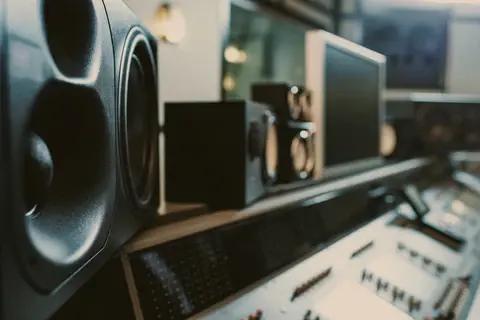
How to Install Speaker Wire in a Studio
Once you’ve chosen the appropriate gauge, material, and insulation for your speaker wires, it’s important to install them correctly to ensure the best performance. Here are a few tips:
- Measure accurately: Before cutting your speaker wire, measure the distance between your amplifier and each speaker. Add a few extra feet to allow for flexibility and future adjustments.
- Avoid sharp bends: While stranded wire is flexible, sharp bends can still damage the wire or cause signal loss. Ensure that the wire runs smoothly and avoid tight turns.
- Keep wires organized: In a studio, where you may have many cables running between equipment, it’s important to keep your speaker wires organized. Use cable ties or clips to keep them tidy and avoid tangling with power cords, which can cause interference.
- Test before finalizing: After wiring your speakers, test the setup before finalizing everything. Make sure all connections are secure, and listen for any distortion or signal loss that might indicate a problem with the wire.
Conclusion
Choosing the best gauge for speaker wire in your studio depends on factors such as the distance between your amplifier and speakers, the power of your system, and your budget. In general, 16-gauge wire is ideal for short runs and lower-power systems, while 12-gauge wire is better for longer runs and high-power setups. Always opt for high-quality copper wire, and consider factors such as insulation and shielding to ensure the best possible sound quality in your studio environment.
By selecting the right wire gauge and installing it correctly, you can enhance the overall audio experience in your studio, allowing you to produce and mix music with greater precision and clarity.
